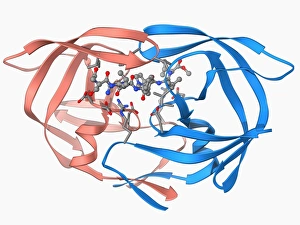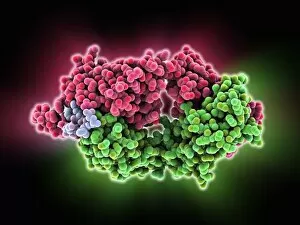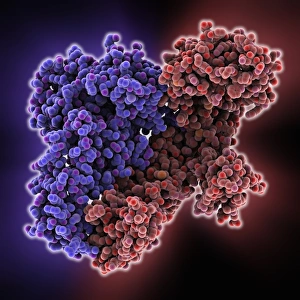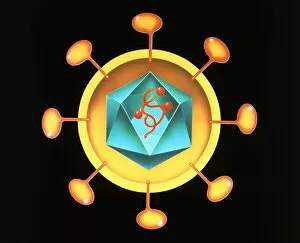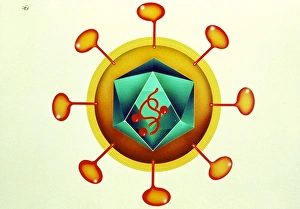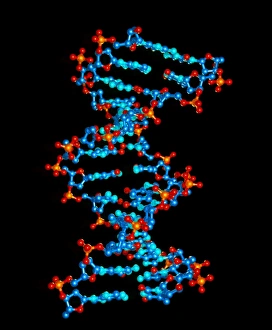Hiv 1 Collection
"HIV-1: Unraveling the Intricacies of Reverse Transcription Enzyme and Beyond" In the world of virology, HIV-1 stands as a formidable foe
All Professionally Made to Order for Quick Shipping
"HIV-1: Unraveling the Intricacies of Reverse Transcription Enzyme and Beyond" In the world of virology, HIV-1 stands as a formidable foe, constantly challenging scientists to explore its intricate mechanisms. At the heart of this notorious virus lies the HIV reverse transcription enzyme, an essential player in its replication cycle. One fascinating aspect is the interplay between HIV-1 protease and inhibitor F006 / 9773. Researchers tirelessly investigate how inhibitors can disrupt viral replication by targeting this specific enzyme. Unlocking these secrets could pave the way for more effective antiretroviral therapies. Another critical component is the HIV DNA and transcription factor F006 / 9680, which plays a pivotal role in converting viral RNA into DNA within host cells. Understanding this process holds immense potential for developing novel therapeutic interventions that target early stages of infection. The molecular model of HIV antibody therapy (F006 / 9622) showcases promising advancements in treatment strategies. By designing antibodies that specifically bind to viral proteins, researchers aim to neutralize their harmful effects and provide new avenues for combating this relentless virus. Continuing our exploration, we delve deeper into understanding reverse transcriptase and inhibitor F006 / 9519 – another vital element in HIV-1's life cycle. Scientists strive to decipher how inhibitors can obstruct reverse transcriptase activity effectively, hindering viral replication at its core. As our journey progresses, we encounter various iterations of the HIV reverse transcription enzyme (F006 / 9494; F006 / 9385; F006 / 9360). These enzymes are key targets for drug development due to their indispensable role in generating viral DNA from RNA templates during infection. Notably, visualizing the structure of the nucleocapsid protein molecule (F006/9219) sheds light on crucial interactions within infected cells. This knowledge fuels ongoing research aimed at disrupting these interactions or exploiting them for therapeutic purposes.

